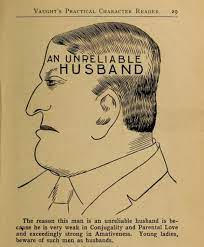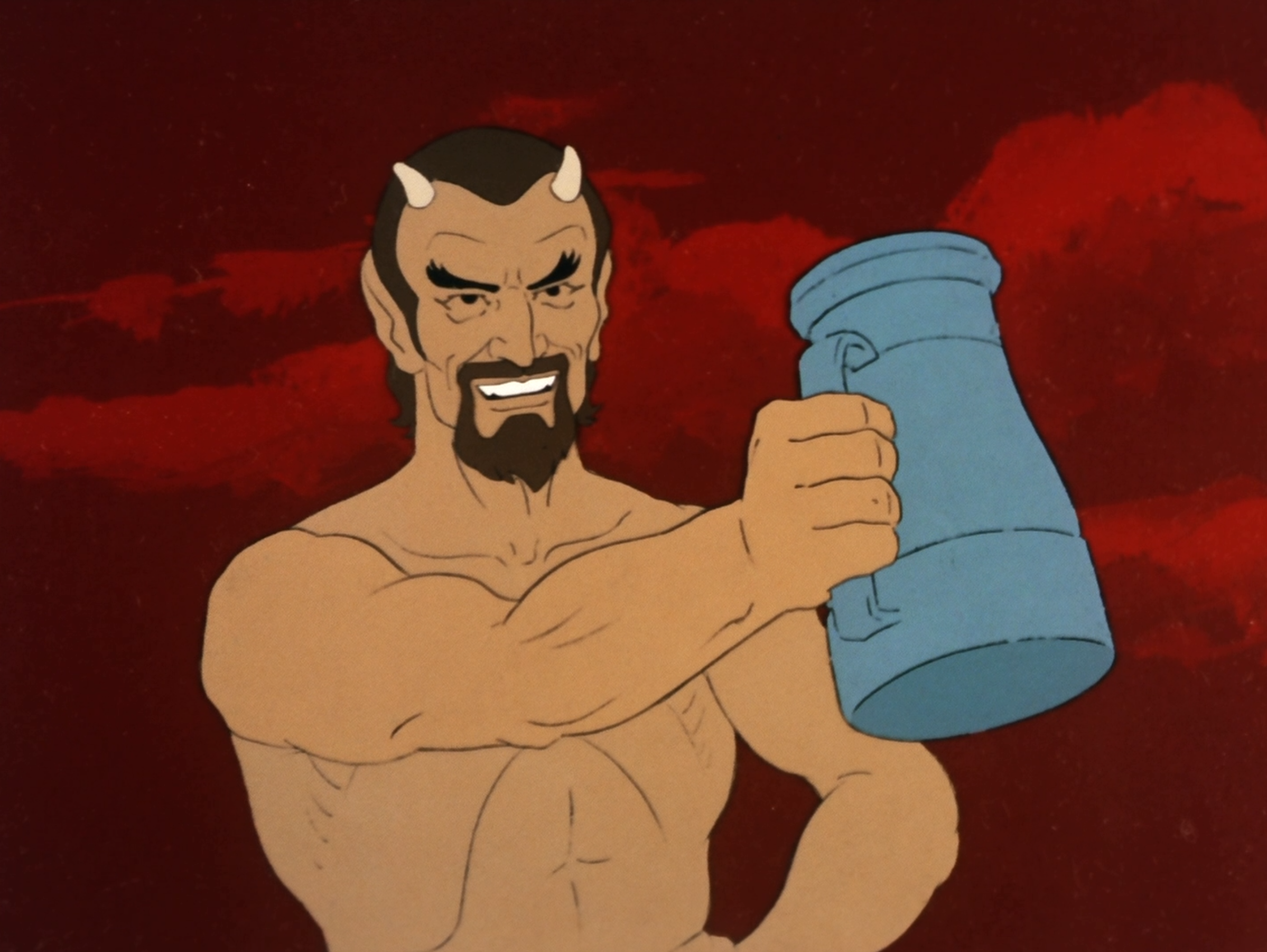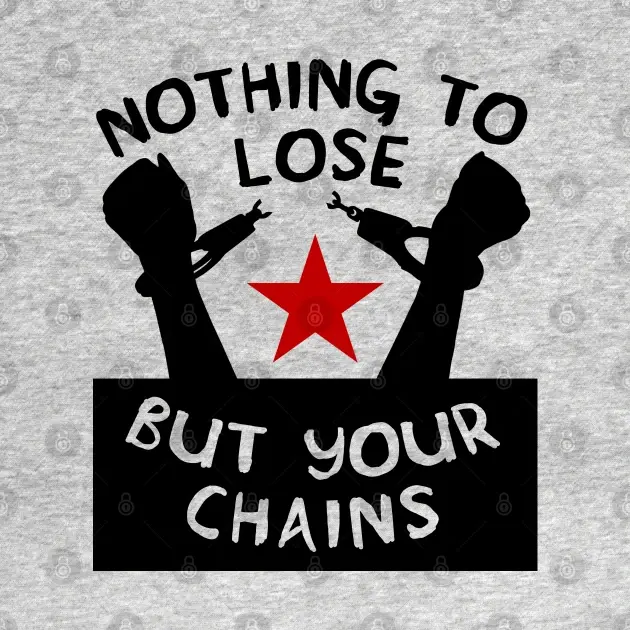The bold rhetorical technique of “lying”
Timeworn and proven
They can do it, and you either accept the claim - deny it and not get believed or get bogged down in investigating the claim only to get a dismissive response if you find they’re talking shit.
right after the report showing India having worse inequality than during the colonial era.
Edit:
If you make $350/month in China you are in the bottom 23%.
If you make $350/month in India you are in the top 35%.
https://wid.world/income-comparator/
Another one, hunger index:
https://www.globalhungerindex.org/ranking.html
India is 111th, China is <20th (next to all the developed countries).
edit 2:
right after the report showing India having worse inequality than during the colonial era.
I predict incredibly awful people using this to engage in colonial apologia
Monarchists be like: this is why we should reinstate the rights of kings y’all!!!
We should make me the king so I can rule as an enlightened despot. My first act shall be to outlaw people taller than me.
China, famous for not reducing poverty by huge amounts
they reduced poverty so heavily that the world bank would not include them in their worldwide reports because they skewed the data so hard
something like 1 billion chinese were lifted out of poverty in a 30 year period
Didn’t they include them, because otherwise, it would make global poverty look worse and defeat the ‘purpose’ of neoliberalism, lmao…
Likely that too, world bank gotta ape for their economic interests after all
India has accomplished something China never managed to do: unification under the emperor Wu of Jin after a decades long bloody tripartition of the country known as the Three Kingdoms era.
India’s existence is nothing short of amazing
it’s like if all of Africa were a country
Wait but it is
Source: my ass
So I read that bit of the blog. It’s certainly interesting (even if I don’t know how true it is).
The methodology: Modified Mixed Recall Period (MMRP) asks household consumer expenditure on perishables (for example, fruits, vegetables, eggs) for the last 7 days, durable goods for the last 365 days, and expenditure on all other items for the last 30 days.
This has shown an elimination of poverty at the PPP $1.9 line and a reduction in poverty from 53.6% to 20.8% at the PPP $3.2 line.
This is in contrast to the World Bank, which uses, the Consumer Pyramids Household Survey, a privately provided data source, to derive poverty numbers of 10% PPP at $1.90) and 45% at PPP $3.20). There are criticism of that data here.
The next part of the claim is that India achieved this while reducing inequality, which is something China, while achieving its poverty reduction targets, did not do.
The urban Gini (x100) declined from 36.7 to 31.9; the rural Gini declined from 28.7 to 27.0.
THE REASON THIS ENTIRE ANALYSIS IS AN INDICTMENT OF CAPITALISM.
One thing I’ve not mentioned so far, which even Noah had to concede at multiple points throughout. If all this is true, then how? What specifically did India do? (If you know India’s history, or a little bit about India’s policies, what follows will not shock you).
REDISTRIBUTION OF WEALTH AND RESOURCES.
Strong policy thrust on redistribution through a wide variety of publicly funded programs. These include a national mission for construction of toilets and attempts to ensure universal access to electricity, modern cooking fuel, and more recently, piped water
Free food (wheat and rice) supplied by the government to approximately two-thirds of the population, and utilization of public health and education…
Couple other things Noah doesn’t know but I should elaborate the government does for the people - On public health and education, the vast majority of the poor and working class literally have access of free health care and hospitals and education in India. The amount and quality is is not as good, but it’s improving. And obviously Modi is Hindutva, but we’re speaking of economics here.
Another point - Modi govt. literally straight up gives money to poor people for various purposes like building homes etc. It’s the most direct way of redistribution of wealth you can imagine.
This is contrasted with China, who “followed a more typical pattern: the economy was liberalized, the rich got much richer much faster, the poor were uplifted but more slowly than the rich, and inequality soared. We’ve gotten used to thinking that soaring inequality is the inevitable price of rapid economic development, but India is proving otherwise.”
Now, I trust I don’t need to y’all about the massive fucking irony of using India as an example of a success story in constraint to China here.
What is clear in the case of both of these countries, and so many more is that when governments take large, social actions in the public good, that go directly against the interests of the private corporations, the people benefit. And that the countries where the large companies rule DO NOT LIKE this fact, so they everything in their power to crush these people’s governments. In the case of India and China, India is far more in the pocket of the big corporations than China is. Like, this is not even a question. Yet, even there, the actions that have lifted people out of poverty, are the same as the ones that have lifted people elsewhere.
literally every one of these measures are infinitely better for China
That’s exactly my point lol. The measure which work in India are the same ones which work everywhere. But because India is a capitalist country, it gets to use these and claim to be a “democracy” and for its progress to be recognised as capitalism’s progress. While the same measures, when it results in the betterment of people in China, Vietnam, Cuba etc in even greater measures is somehow a bad thing and something to be criticised. Like, India is a case study in how neoliberal, austerity-driven capitalism literally cannot work when you have 1 billion plus people who’ve been colonized and need the government and even the billionaire-backed government in charge knows this. If they enact 100% of the capitalist agenda, there will be a revolution tomorrow. And the India state is nowhere near as capable of suppressing it as the American one.
While the same measures, when it results in the betterment of people in China, Vietnam, Cuba etc in even greater measures is somehow a bad thing and something to be criticised

This guy is a complete moron. There was never a bad take he didn’t like.
“Oh shit! This wasn’t supposed to publish for 11 more days…”
thanks, noahpinion
Noah Dia what he’s talking about
Bruh knows literally nothing

@[email protected] can u take care of this one
China has made up the bulk of gains against poverty for like the last 40 years that neoliberals like this chode point to to justify capitalism

















